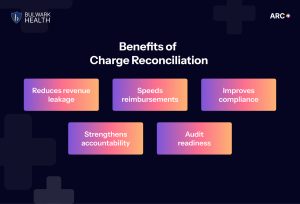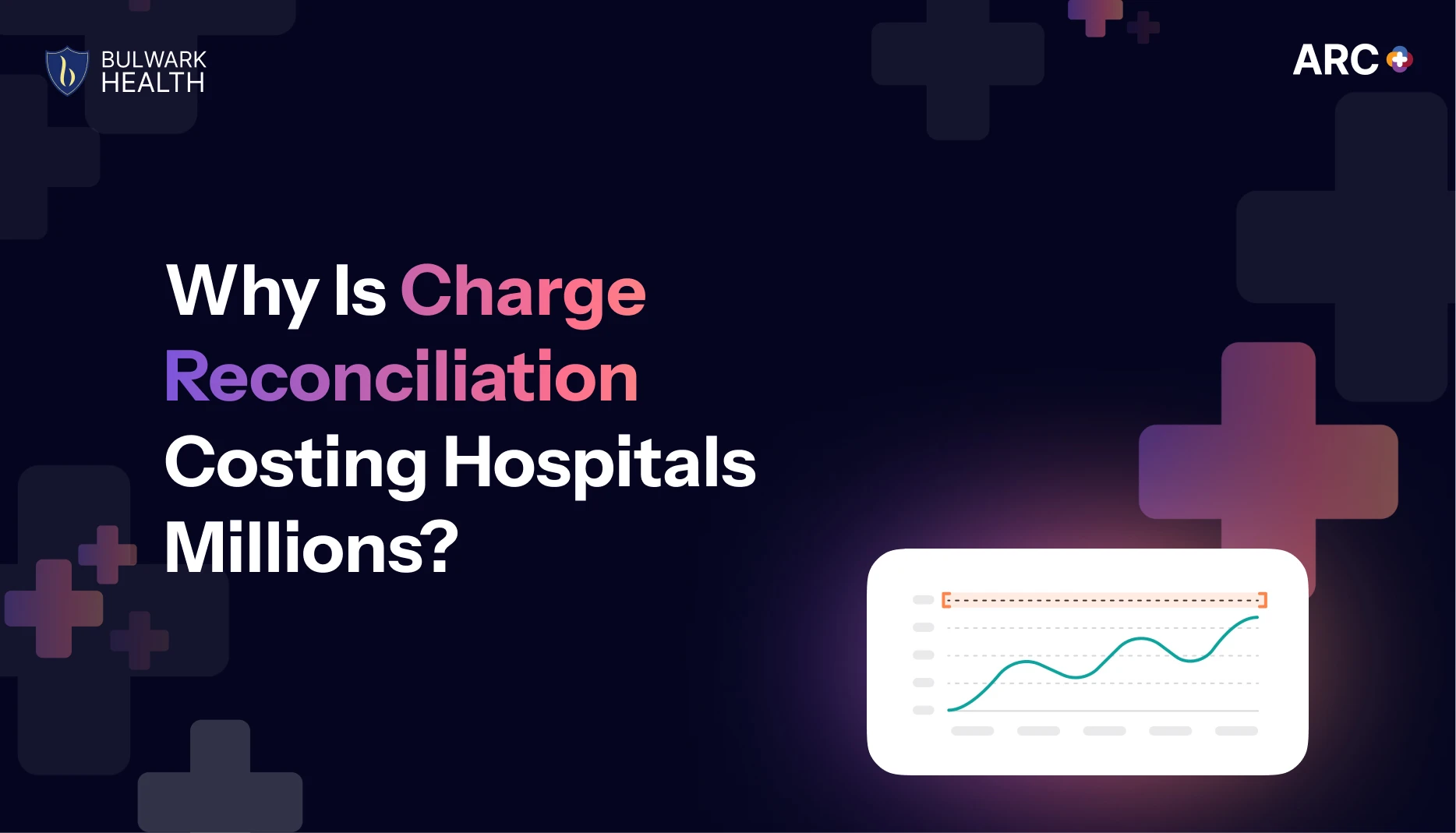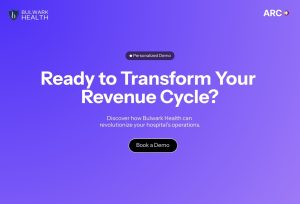Let’s be honest. That silent revenue drain you’re feeling? It could be broken charge reconciliation.
As per Healthcare Financial Management Associated (HFMA), hospitals lose 1% of annual revenue due to charge capture errors. So a hospital making $100 million in revenue would lose $1 million.
Missed charges, duplicates, and delays aren’t small mistakes – they’re million-dollar losses happening daily. If you’re a health system leader, this is your guide to fix the leaks and tighten your charge reconciliation process.
What is Charge Lag?
Charge lag is the delay between when a patient receives a service and when that charge is actually posted to your billing system. Ideally, this window should be as short as possible – within 24 to 48 hours.
But in reality?
It can stretch to weeks or even months. And that delay costs you.
Delayed charges can lead to:
- Missed billing windows due to timely filings
- Underreported services due to time crunch pressure
- Higher denial rates from payers
- Poor visibility into cash flow
In short, the longer the lag, the more difficult it is to receive accurate and timely payments.
What are the Common Challenges with Medical Charge Lag?
Let’s break this down. Here’s what most hospitals are up against:
- Manual data entry errors
- Lack of software integration
- Staffing shortages
- Incomplete documentation: No notes = no charges = no revenue
- No real-time reporting
What Is Charge Reconciliation and Why It’s Costing Hospitals Millions
Medical charge reconciliation is the process of comparing services rendered with services charged to ensure that nothing was missed or miscoded.
It’s the final checkpoint before your data hits the billing department.
Here’s the kicker: Even the most sophisticated health systems lose money to broken or inconsistent charge reconciliation processes.
Hospitals that don’t have a standard charge reconciliation policy or lack automation are bleeding revenue in three ways:

Missed Charges
In busy environments like ORs, EDs, imaging, or outpatient clinics, services are sometimes performed but never billed.
This could be due to incomplete clinical documentation, the provider not signing the notes, or other administrative reasons.
Multiply that across hundreds of encounters a day, and you’re looking at substantial revenue loss.
A 2023 report by Black Book Market Research found that over 20% of hospital revenue leakage is tied directly to charge capture gaps. That’s a staggering number when you consider the average U.S. hospital operates on razor-thin margins.
Delayed or Inaccurate Posting
When charges aren’t entered within 24–48 hours, it delays claim submission, slows cash flow, and increases the chance of denials or missed payer deadlines. This is especially critical for medicare advantage plans, which operate under strict timeframes.
If you’re still relying on manual workflows, charge lag becomes inevitable. And that lag? It costs.
Duplicate Charges
Hospitals that lack a strong charge reconciliation policy often experience duplicate billing, which triggers compliance red flags and audit scrutiny.
Regulatory bodies like CMS, OIG, and RAC don’t just penalize overbilling, they investigate patterns. This can lead to audit exposure, fines, or clawbacks.
And if your facility participates in value-based programs or ACOs, these compliance issues can hurt your performance scores and shared savings potential.
Recommended Read – RAQ+: The Game-Changer for HCC Capture in Value-Based Care
For Example:
Let’s say a 300-bed hospital with $500M in annual revenue misses 0.8% of potential billings due to broken charge reconciliation. That’s $4 million+ in lost revenue annually.
That’s not just missed money – that’s money that could fund:
- 10 additional full-time nurses
- 2 new imaging machines
- A complete EHR upgrade
Or simply, keeping your hospital above water in a tough economic cycle
The Hidden Costs
It’s not just about dollars left on the table. The cost of poor charge reconciliation shows up in:
- Increased claim denials
- Burnout among billing teams trying to rework errors
- Lost trust between finance and clinical ops
- Delays in patient refunds or statements
- Lower net collection rates
Hospitals don’t just need to perform charge reconciliation – they need to do it daily, accurately, and preferably with automated support.
Benefits of Charge Reconciliation
Performing charge reconciliation the right way can have a massive impact on your bottom line.

- Reduces revenue leakage
- Speeds up reimbursements
- Improves compliance
- Strengthens clinical and operational accountability
- Enhances audit readiness
Recommended Read: Charge Reconciliation Process – 5 Steps to Save Revenue
How Charge Reconciliation Impacts the Healthcare Revenue Cycle
Charge reconciliation healthcare isn’t just a side process – it’s the bridge between clinical care and financial performance.
Without it:
- Your billing team is flying blind
- Payers push back with denials
- Your financial forecasts are off
- And your CFO isn’t happy
Role of Automation & AI in Charge Reconciliation
Manual reconciliation just doesn’t cut it anymore.
AI and automation can:
- Flag discrepancies in real-time
- Reduce human error
- Categorize medical charges based on service codes
- Shorten charge lag significantly
- Improve audit compliance
AI isn’t here to replace your team – it’s here to support them.
FAQs about Charge Reconciliation
Who Should Be Involved in Daily Charge Reconciliation?
Charge reconciliation isn’t a one-person job – it’s a cross-functional effort.
Here’s who typically plays a role:
- Revenue Cycle Management (RCM) Leaders – Oversees the process, establishes this policy, and ensures it aligns with financial goals.
- Department Heads – In high-volume areas (like ED, OR, Imaging), they help verify that all clinical activity is captured and coded correctly.
- Coding & Billing Teams – Validate that the documentation matches the codes submitted and ensure compliance with CMS and payer guidelines.
- Clinical Staff – Nurses, physicians, and support staff need to document services clearly and in a timely manner to ensure accurate charge capture and reconciliation.
- IT/Health Informatics Teams – Maintain and optimize EHR integrations and reconciliation software, and build reports that help detect discrepancies early.
Ideally, everyone knows their role and how their actions (or inactions) impact revenue.
How Often Should Charge Reconciliation Occur?
Daily is best. Weekly at a minimum. The longer you wait, the harder it is to recover missed charges.
Should Healthcare Organizations Use Automation for Charge Reconciliation?
Yes. Manually performing charge reconciliation using spreadsheets, printouts, and siloed systems just doesn’t scale.
Especially in large or multi-site systems, the volume of data is too high to catch everything manually.
Conclusion
Charge reconciliation isn’t just another operational task.
It’s the invisible thread tying your clinical efforts to financial results.
If you miss it, you’re losing millions. If you fix it, you unlock powerful ROI, better patient outcomes, and peace of mind across your revenue cycle.
Ready to transform how you track, match, and recover revenue? Let’s talk.










